Ben Bernanke and Company Pass “Chapter 9” with Flying Colors
A 1980s era Far Side cartoon featured a veterinary student named Doreen studying equine medicine in Chapter 9 of her textbook. On the left-hand side of the page was a list of horse ailments. They included things like a broken leg, infected eye, runny nose, and a fever to name just a few. On the right-hand side of the page, the treatment for each ailment was “Shoot.” The caption read, “Like most veterinarian students, Doreen breezed through Chapter 9.”
Ben Bernanke, Milton Friedman and the Ivy League economics departments that all regurgitate the same theory on the Great Depression pretty much treat the economy as simple-mindedly as Doreen’s textbook treated equine medicine.
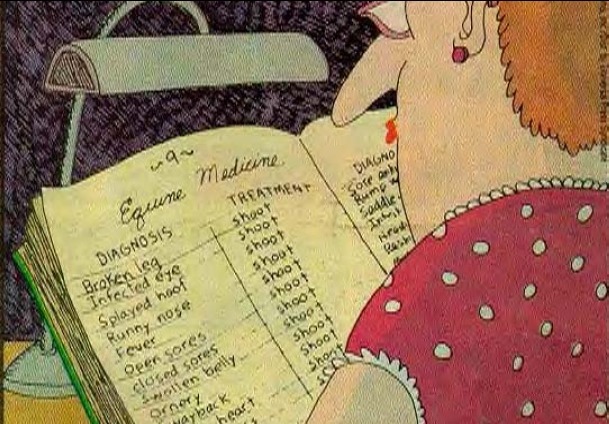
The following article was written by Peter Schmidt. Any views expressed are his own and do not necessarily reflect the views of Peter Schiff or SchiffGold.
Bernanke publicly discussed his theory on the Great Depression on November 8, 2002 – Milton Friedman’s 90th birthday. Of course, November 2002 was a rather odd time for Ben Bernanke to attempt to pass himself off as an expert on the Depression or anything else having to do with economics. After all, Bernanke, as a voting member of the FOMC, was then embarking on a massive rate-cutting program in the wake of the tech bubble collapse. These rate cuts – which, among other things, dropped mortgages rates to the floor – fed the climax run of the housing bubble.
Bernanke’s poor timing in casting himself as some sort of expert aside, in this speech Bernanke discusses how Friedman was one of the first economists to identify monetary policy as the primary cause of the Depression.[1] According to the Bernanke/Friedman theory on the Great Depression, the Fed – mistakenly anchored to conservative practices of a woefully bygone era – sat by and allowed the money supply to collapse. When the money supply collapsed the economy collapsed soon after. The Bernanke/Friedman thesis purports to show the Great Depression can “reasonably be described as having been caused by monetary factors.” In other words, changes in the money supply exclusively drove changes in the economy. The Bernanke/Friedman theory distills the complex, non-linear US economy into an equation that is governed by a single variable – the money supply controlled by a central bank. The entire exercise is transparently bogus and asinine.
As a result of their understanding of the Depression, it immediately follows that for the Bernanke’s, of the world, the problem of a stuttering economy can always be solved by simply increasing the money supply. The discussion here will show that far from being an economic panacea, a central bank constantly expanding the money supply can produce incredibly damaging economic impacts over the long term. This will be demonstrated by comparing the performance of several major currencies against the US dollar over the last forty-five years. In contrast to the Bernanke/Friedman theory on the Depression – which relies almost exclusively on very suspect economic data from just a few years in the 1930s – comparing the currencies at issue over such a long period of time will remove any temporal effects and ensure that only long-term economic sustainability is evaluated.
In the chart below the performance of the British pound, the West German deutschemark (DM), the Euro, Japanese yen and Swiss franc (CHF) against the dollar are compared from 1971 – 2013. Before 1971 currencies were held fixed against each other and the value of money the world over was established on the basis of the US dollar. After August 15, 1971, and Nixon closing the gold window, currencies no longer had fixed values; instead they “floated” against each other. Since 1971 – and outside of a brief outbreak of monetary sanity when Paul Volcker was Fed chair – the dollar has continued to decline against all these currencies with the exception of the pound.
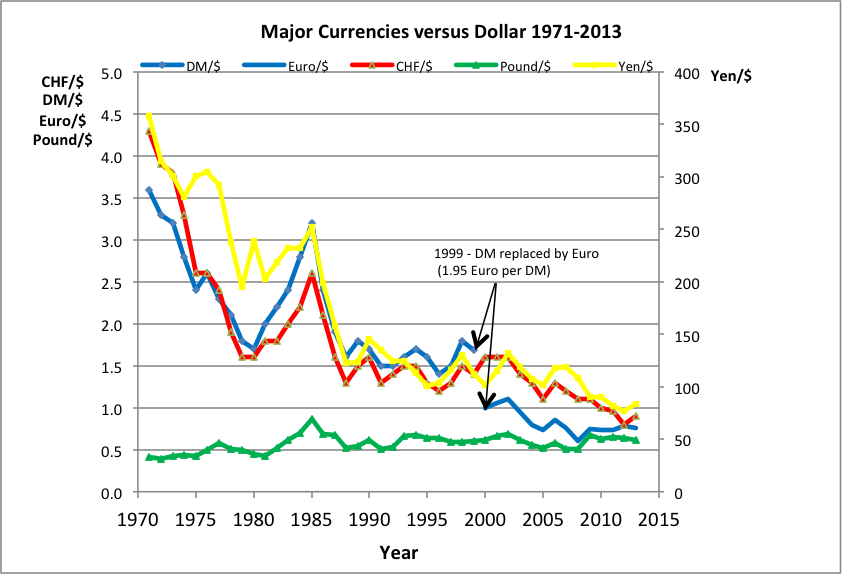
Without the natural braking action and discipline of gold, the dollar’s fate has been placed solely in the hands of the PhD economists at the Fed. As these PhDs fed data into their useless equations, the answer always came up the same – print more money. As the money supply soared, the dollar fell and the results for the American people have been disastrous.
In complete contrast to Keynesian theory, the decline in the dollar’s value did not increase the export competitiveness of the American economy. In fact, over this time period the US – once the most productive nation the world had ever seen – ran massive trade deficits for years on end. The erosion of the dollar’s value discouraged savings and the inadequate savings ate into the productive capital structure of the United States. As this great stock of productive capital – long America’s greatest economic asset and the reason the world’s highest wages could be paid to American workers – was consumed, the competitiveness of American industry suffered. Huge elements of America’s productive capacity fell into disrepair from inadequate investment and without this investment, it became increasingly difficult for wages to remain high. Today, the US is unable to competitively produce many of the items we used to flood the world with. Apparently, this is Ben Bernanke’s idea of the benefits a policy of credit expansion and cheap money can deliver to an economy. Its wisdom is lost on the tens of millions of people who don’t work on Wall Street.
It is important to realize when central bankers of Bernanke’s ilk increase the money supply they do so by increasing the reserves in the banking system; not by mailing checks to individual citizens. Because an increase in the money supply of this type is affected through the banking system, central bank directed policies of credit expansion exclusively benefit financial services. Banks get the money before any other industry and collect a “toll” – interest – when the money travels from their reserves and into the economy. The more money that is created by a central bank, the more profit for the banks as this money makes its way into the economy. The subsequent gains enjoyed by the Ivy League-educated mediocrities working on Wall Street and in financial services are not the by-product of an increase in real wealth or productive capacity. Instead, these gains come at the expense of the productive elements of society. This simple dynamic explains the enormous increase in the relative size of financial services in the nation’s economy that has occurred since the 1970s.
Not coincidentally, less than two years after the gold window was closed and the newly unfettered Fed was free to embark on an unprecedented campaign of creating credit out of thin air, economic disparity began its inexorable march higher. In 1973 the share of national income earned by the richest 1% bottomed at 7.7%. The richest 1% now “earn” 19% of the nation’s income and the percentage continues to increase.[2] Unsurprisingly and according to a study from the UC- Berkley, the richest 1% of Americans now own 35% of the nation’s wealth.[3] The most damning indictment of the criminal stupidity latent in Ben Bernanke’s and the economic establishment’s theory on the Great Depression can be seen in this one chart!
Peter Schmidt served six years in the Air Force and has spent the rest of his professional life in the petrochemical, oil refining and power generation industries. Peter has BS and MS degrees in mechanical engineering from Lehigh University and is a licensed professional engineer in California and Louisiana. Peter is finishing up his book, “Elites in Name Only – the Financial Crisis,” a comprehensive look at the people behind the 2008 financial crisis. He also runs the website the92ers.com, which provides an overview of the 50 people most responsible for causing the 2008 crash.
NOTES
[1] Bernanke manages to even get this simple point wrong. ‘Deflation’ was fingered as the cause of the Depression as far back as the 1930s, but there were enough decent economists around back then to realize that the fall in the money supply could only be an effect of the economy collapsing, not a cause. See for example, Lionel Robbins, The Great Depression, Transactions Publishers, New Brunswick, NJ, 2009 p. 17. [2] “Richest 1% Earn Biggest Share Since Roaring 1920’s,” published September 11, 2012; www.cnbc.com/id/101025377 [3] Robert Frank, “Druckenmiller: Fed robbing poor to pay rich”, CNBC.com, September 19, 2013; http://www.cnbc.com/id/101046937Get Peter Schiff’s most important Gold headlines once per week – click here – for a free subscription to his exclusive weekly email updates.
Interested in learning how to buy gold and buy silver?
Call 1-888-GOLD-160 and speak with a Precious Metals Specialist today!



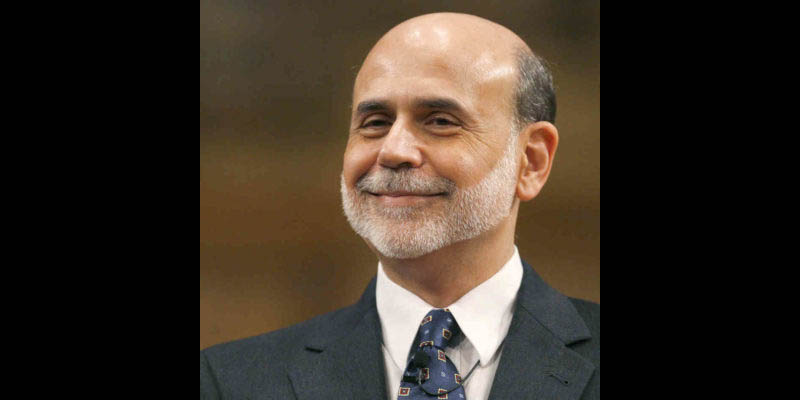

 Beneath the veneer of headline job gains, the American economy teeters on the brink: native employment dwindles as part-time and immigrant jobs surge. Government hiring camouflages looming recession warnings. Inflation and political blunders worsen the crisis, fueling public outrage at the establishment’s mishandling of the economy.
Beneath the veneer of headline job gains, the American economy teeters on the brink: native employment dwindles as part-time and immigrant jobs surge. Government hiring camouflages looming recession warnings. Inflation and political blunders worsen the crisis, fueling public outrage at the establishment’s mishandling of the economy.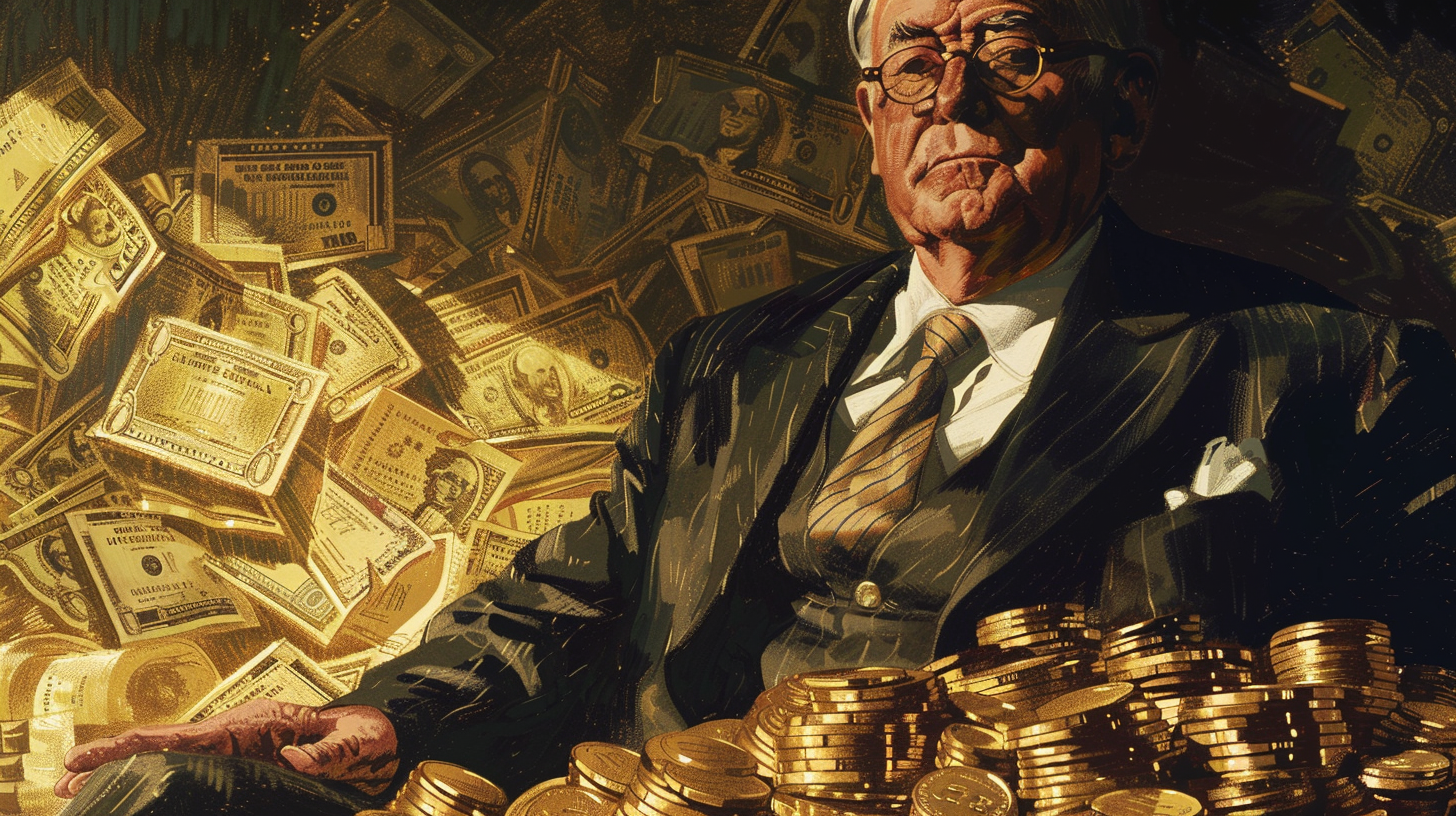 On April 5 1933, Franklin D. Roosevelt abandoned the gold standard, wielding questionable legal power amidst America’s dire economic depression. His whimsical approach to monetary policy, including coin flips and lucky numbers, unleashed unprecedented inflation and price increases that have since amounted to nearly 2500%. Our guest commentator explores this tragic history and the legacy […]
On April 5 1933, Franklin D. Roosevelt abandoned the gold standard, wielding questionable legal power amidst America’s dire economic depression. His whimsical approach to monetary policy, including coin flips and lucky numbers, unleashed unprecedented inflation and price increases that have since amounted to nearly 2500%. Our guest commentator explores this tragic history and the legacy […]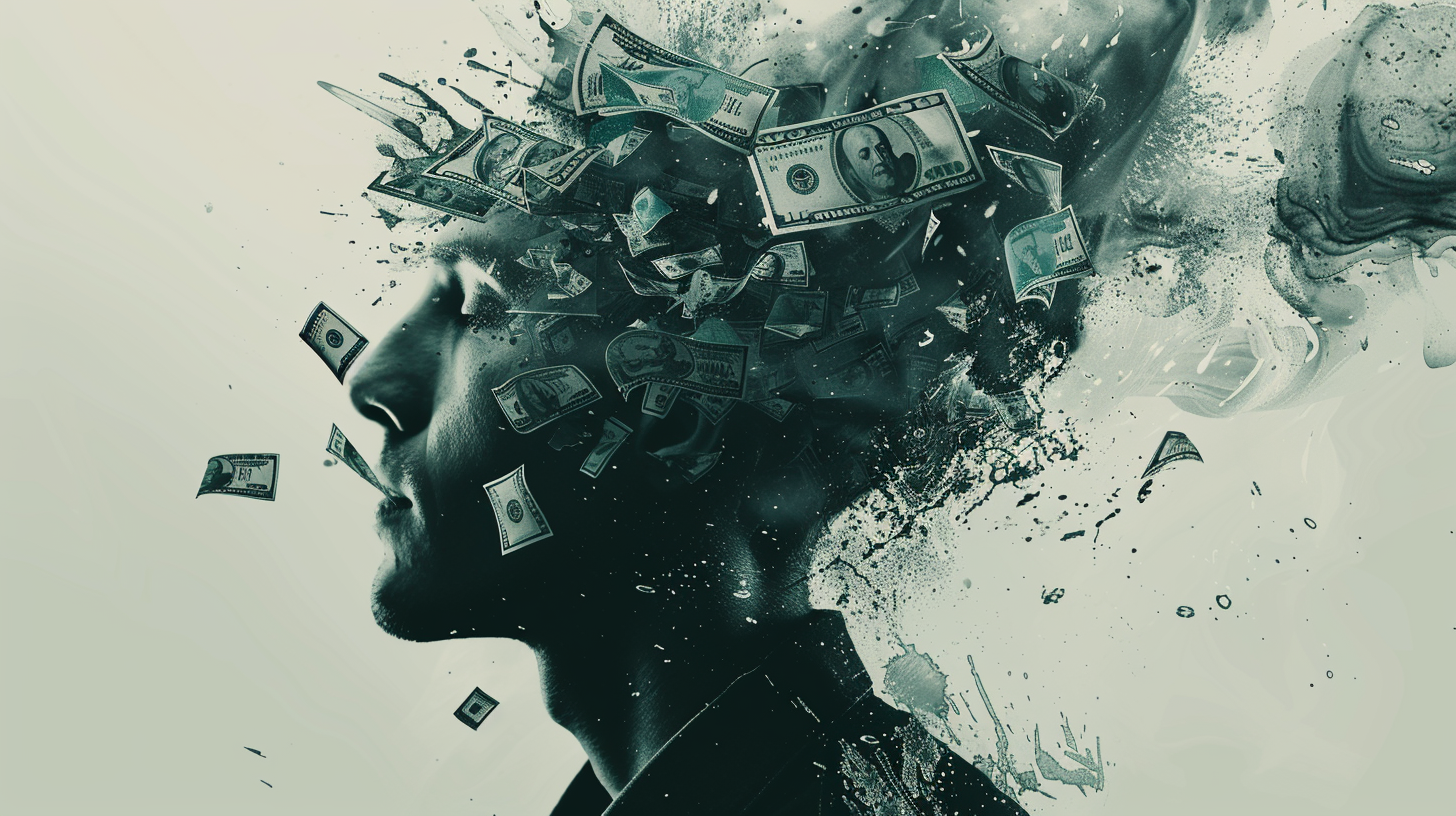 Welcome to the world of modern economics where the term “inflation” no longer signifies the increase in the quantity of money, but has evolved into a plethora of buzzwords. From “shrinkflation” to “greedflation,” these new terms and semantic shifts are by no means harmless but a manipulation of popular sentiment. Von Mises said they play […]
Welcome to the world of modern economics where the term “inflation” no longer signifies the increase in the quantity of money, but has evolved into a plethora of buzzwords. From “shrinkflation” to “greedflation,” these new terms and semantic shifts are by no means harmless but a manipulation of popular sentiment. Von Mises said they play […]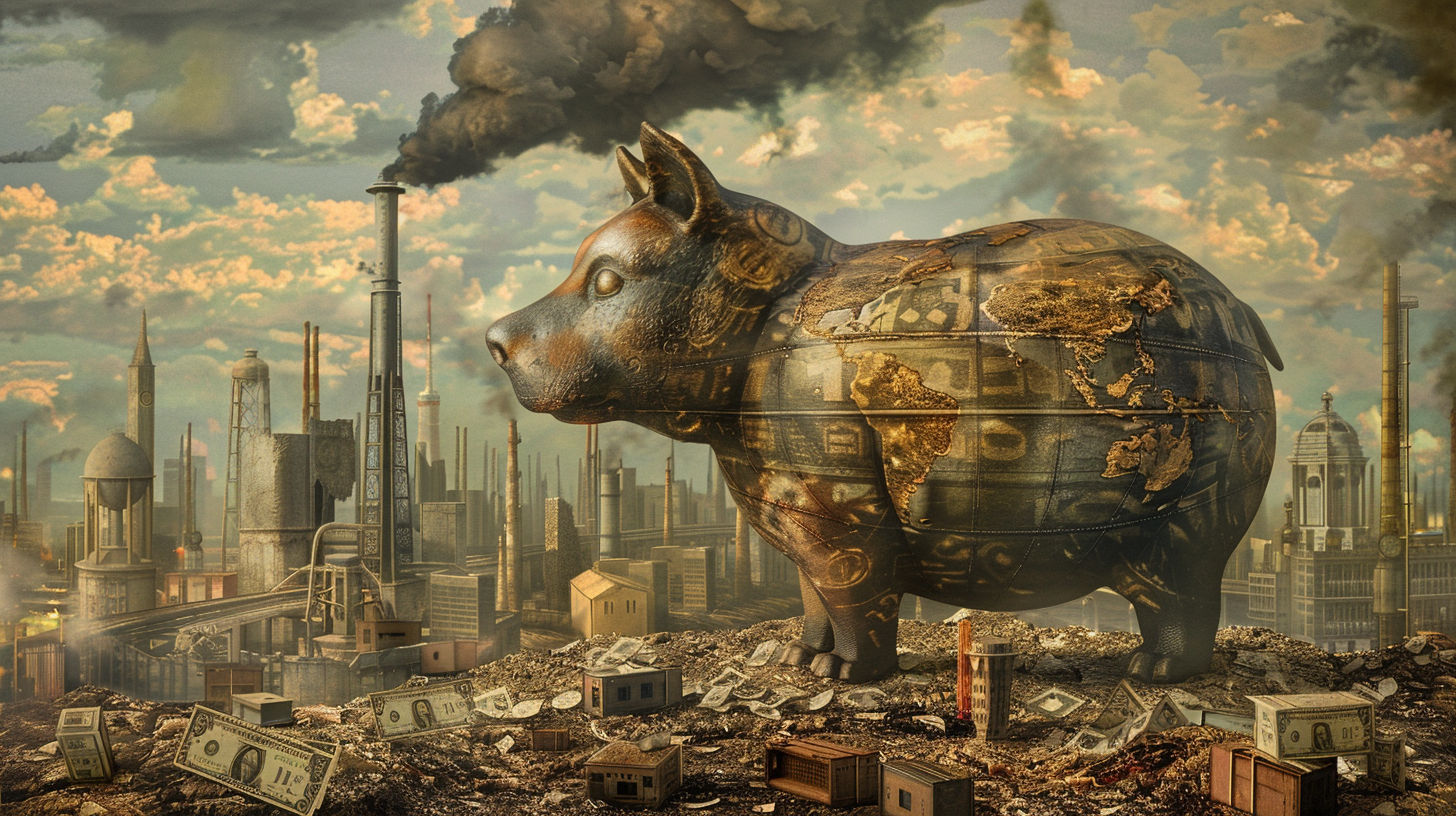 Assuming CPI measurements are not understatements, the dollar’s value has plummeted by a staggering one-fifth since 2020, yet, rather than acknowledging its role in fueling this economic turmoil, the Biden administration deflects, casting capitalism and corporate greed as the villains. The latest February CPI data show more signs of the upcoming inflation bloodbath.
Assuming CPI measurements are not understatements, the dollar’s value has plummeted by a staggering one-fifth since 2020, yet, rather than acknowledging its role in fueling this economic turmoil, the Biden administration deflects, casting capitalism and corporate greed as the villains. The latest February CPI data show more signs of the upcoming inflation bloodbath.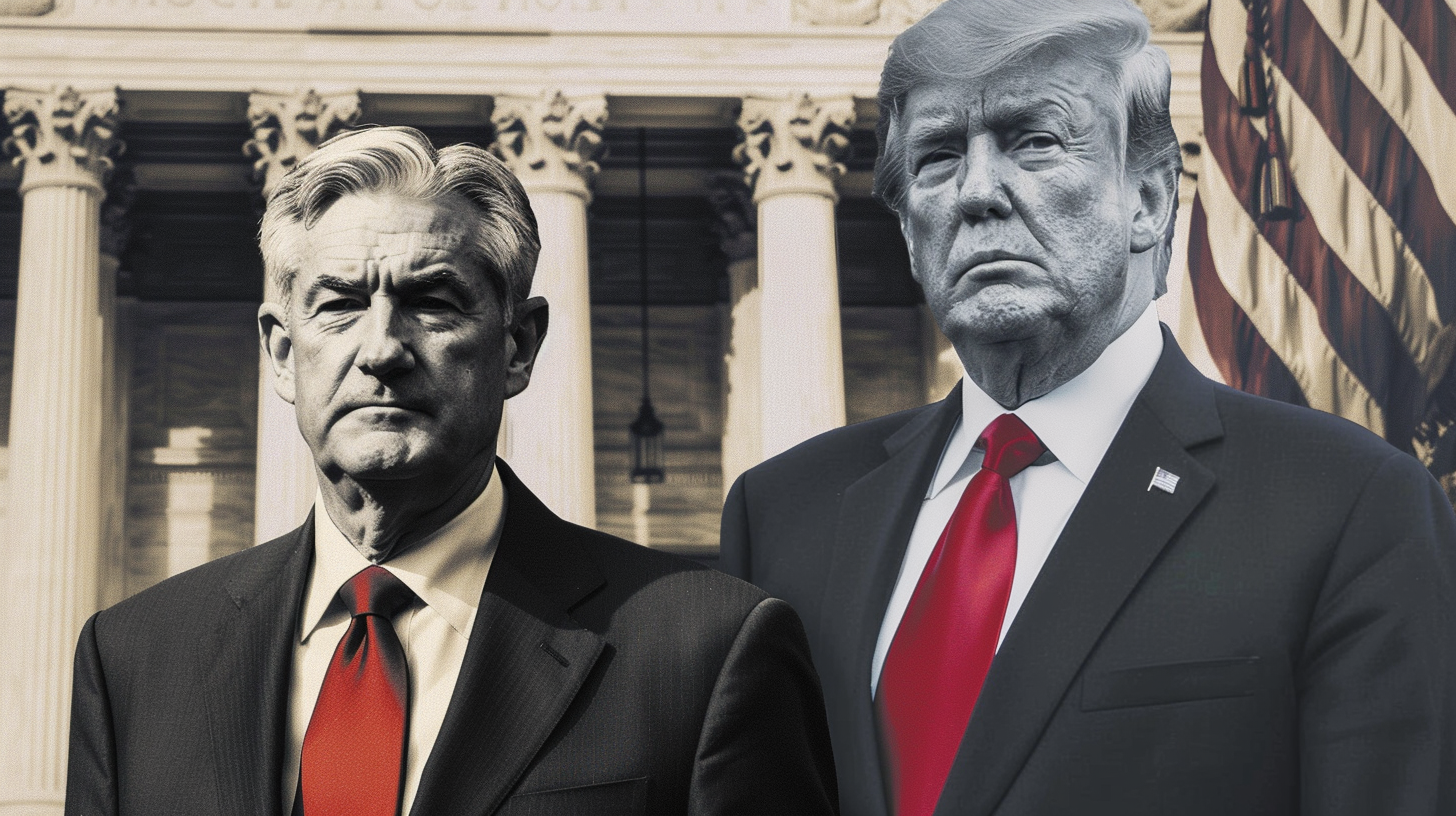 The Federal Reserve is often viewed as a neutral guardian of the economy, tasked with safeguarding employment and ensuring stable prices. However, the Fed is run by individuals who, like anyone else, are swayed by certain motivations. Do the people behind the Fed truly have the incentive to remain impartial? Our guest commentator demystifies the […]
The Federal Reserve is often viewed as a neutral guardian of the economy, tasked with safeguarding employment and ensuring stable prices. However, the Fed is run by individuals who, like anyone else, are swayed by certain motivations. Do the people behind the Fed truly have the incentive to remain impartial? Our guest commentator demystifies the […]